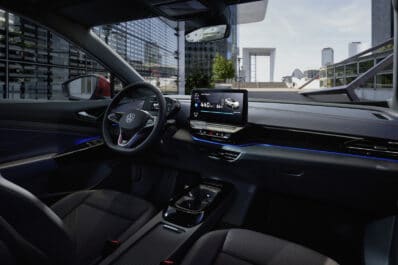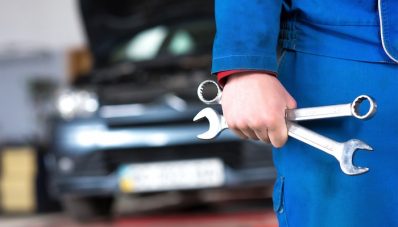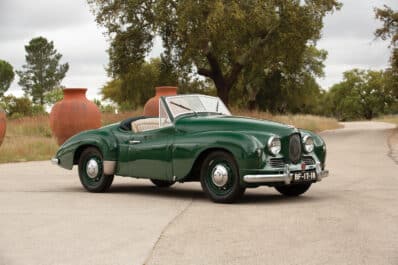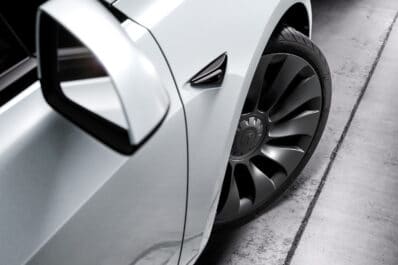Honda and LG Energy Solutions announced a new joint venture that will see them spend a combined $4.4 billion to set up a new U.S. battery plant.
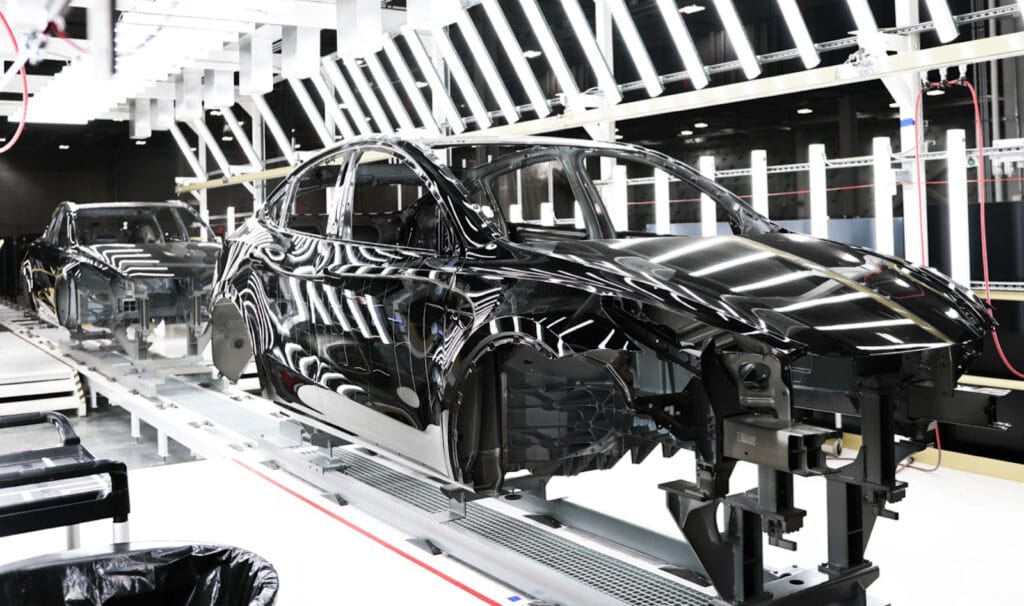
The move comes just days after Panasonic Holdings Corp. was reported to be in talks to set up a new, $4 billion battery plant in Oklahoma. The number of plants producing lithium-ion batteries for automotive use has been growing rapidly as carmakers begin to expand their EV programs.
But the pace is expected to accelerate, according to industry analysts, due to the new Inflation Reduction Act. The measure sets strict targets for local battery production — as well as for the sourcing of raw materials – before an EV can qualify for up to $7,500 in sales incentives. In a statement announcing the new battery plant, Honda CEO Toshihiro Mibe said the automaker “is committed to the local procurement of EV batteries which is a critical component of EVs.”
Milestones
Honda and LG offered few details about the project, including its location and the number of jobs it will create. They did note the final cost will come in at around $4.4 billion. And when the plant goes into production in 2025 it will have the capacity to supply about 40 gigawatt-hours of pouch-style lithium-ion batteries annually.
“Our joint venture with Honda, which has significant brand reputation, is yet another milestone in our mid- to long-term strategy of promoting electrification in the fast-growing North American market,” said Youngsoo Kwon, CEO of LG Energy Solution.
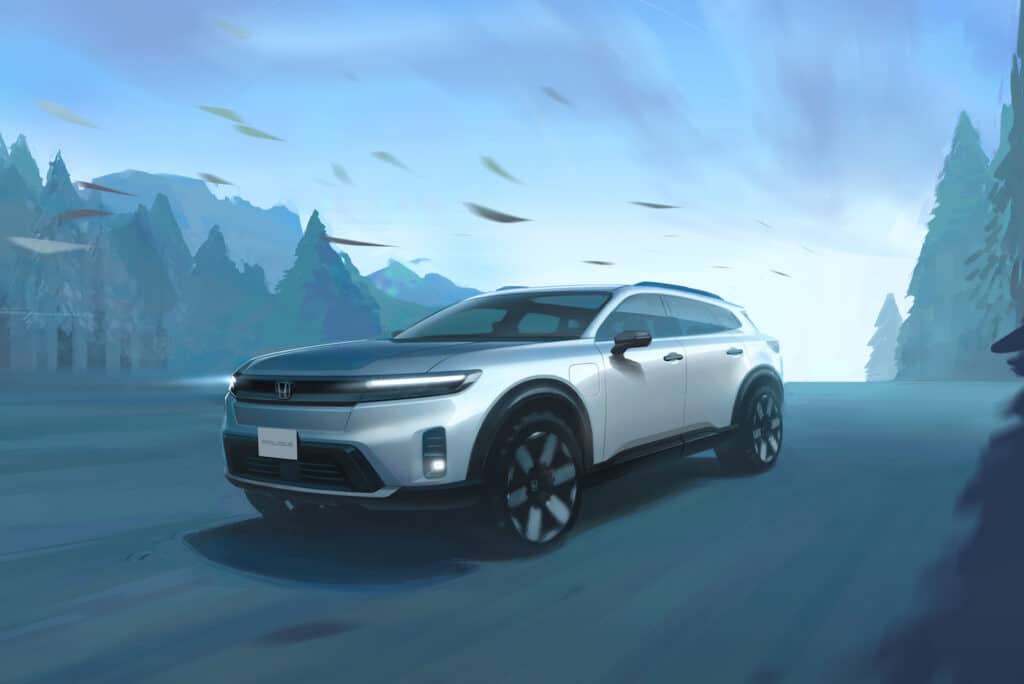
Today’s battery-electric vehicles typically hold between 65 and 100 kilowatt-hours of batteries, depending upon the desired range. That would translate into enough output from the new plant to supply anywhere from around 400,000 to more than 600,000 vehicles. That would fall in line with Honda’s stated goal of producing about 500,000 all-electric vehicles for the U.S. market by the end of the decade.
Industry powering up fast
To put it into another perspective, the new plant has a capacity equal to all of what lithium-ion battery suppliers could produce in the U.S. at the start of 2020, said Sam Abuelsamid, principal auto analyst with Guidehouse Insights.
He expects to see the U.S. total jump to 500 GWh by 2025, and 600 GWh by 2026, when a number of key programs come on line. By the end of the decade, Abuelsamid and some other analysts now estimate, U.S. capacity could reach 1 terawatt-hour of automotive batteries.
But, by then it is widely expected the mix could include next-generation technologies such as solid-state batteries.
Panasonic plans two new plants
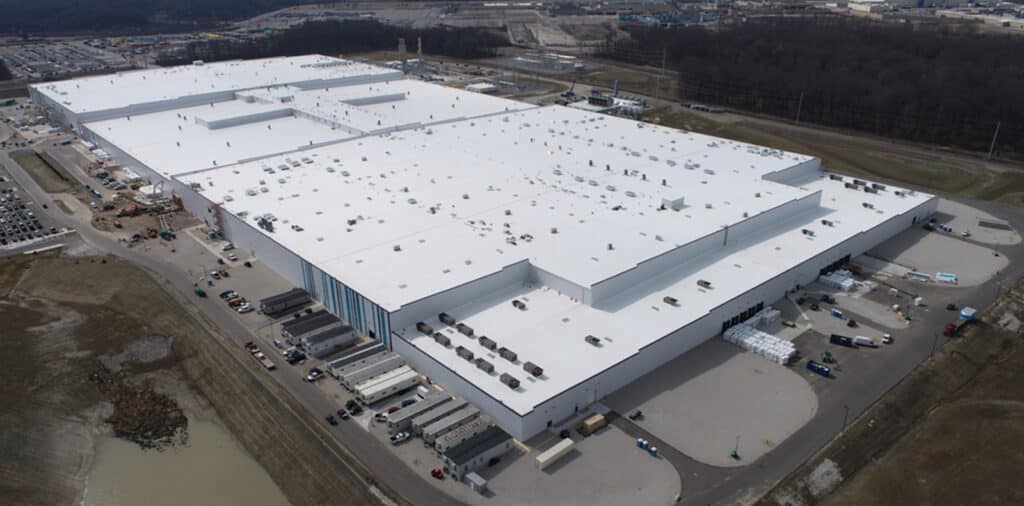
The size of the Honda/LG project would be matched by the new plant Panasonic is planning, according to a report by the Wall Street Journal. The paper said the Japanese supplier is currently in talks with Oklahoma officials to lock down plans for the project which would cost around $4 billion and have the capacity for 40 GWh of lithium-ion batteries.
In July, Panasonic announced a similar project that will go into the state of Kansas. That facility is said to be aimed at supplying batteries to the new Tesla plant in Austin, Texas. Panasonic and Tesla already operate the big Gigafactory battery plant in Reno, Nevada that services the automaker’s California assembly line.
The new Panasonic and Honda/LG plants are still years away from going into operation but domestic battery production already is ramping up. One of the biggest new facilities is going into Lordstown, Ohio, and will be one of four North American plants General Motors has so far confirmed.
More to come
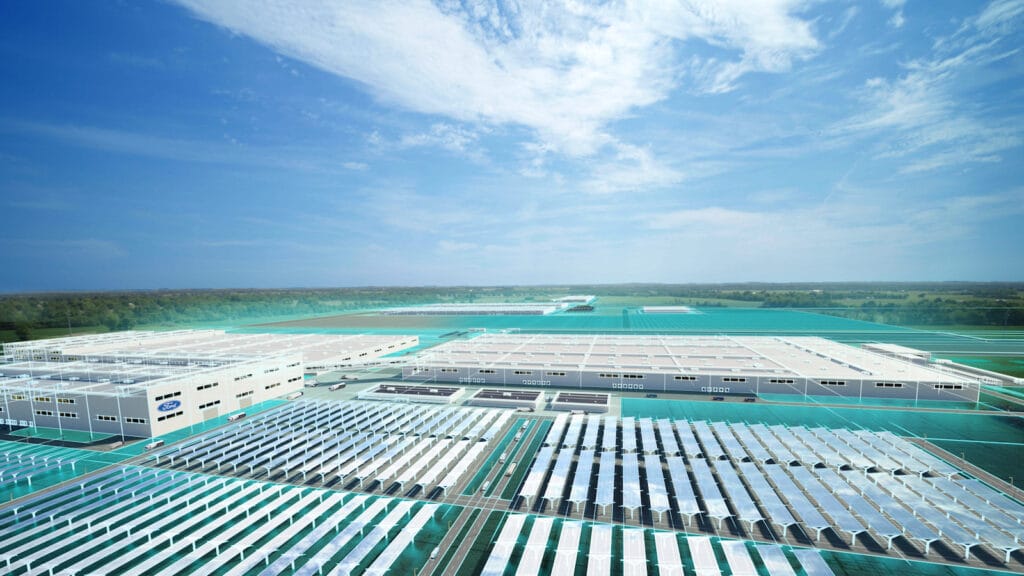
A year ago, its rival Ford Motor Co. announced plans for three new battery facilities, two in Kentucky and a third on the site of its planned BlueOval City manufacturing complex. That Memphis facility will be the automaker’s largest ever and is expected to produce two battery-electric pickups, including the next-generation F-150 Lightning.
Until now, only a small share of the lithium batteries used in automotive applications were produced locally. But even before the passage of the Inflation Reduction Act, with its strict sourcing rules, local production was on the rise.
Considering how heavy they are, and the logistics involved, “the cost of shipping batteries around the world, as your volumes go up, quickly gets out of control,” said Abuelsamid.
Meeting the new rules will be difficult
Now, with the passage of the IRA, local sourcing is the only way to provide sales incentives for EV buyers.
But the rules also will require local sourcing of component materials, including metals such as lithium, nickel and cobalt. Automakers are making inroads there, as well. That includes traditional mining operations in the U.S. and Canada.
But some automakers are exploring new approaches. GM, for one, has entered into a partnership that will tap into lithium-rich brine pulled from an aquifer under California’s Salton Sea. After the metal is extracted, the remaining brine will be pumped back into the aquifer. The geothermally heated liquid will also be used to power the plant, further reducing carbon dioxide emissions.



